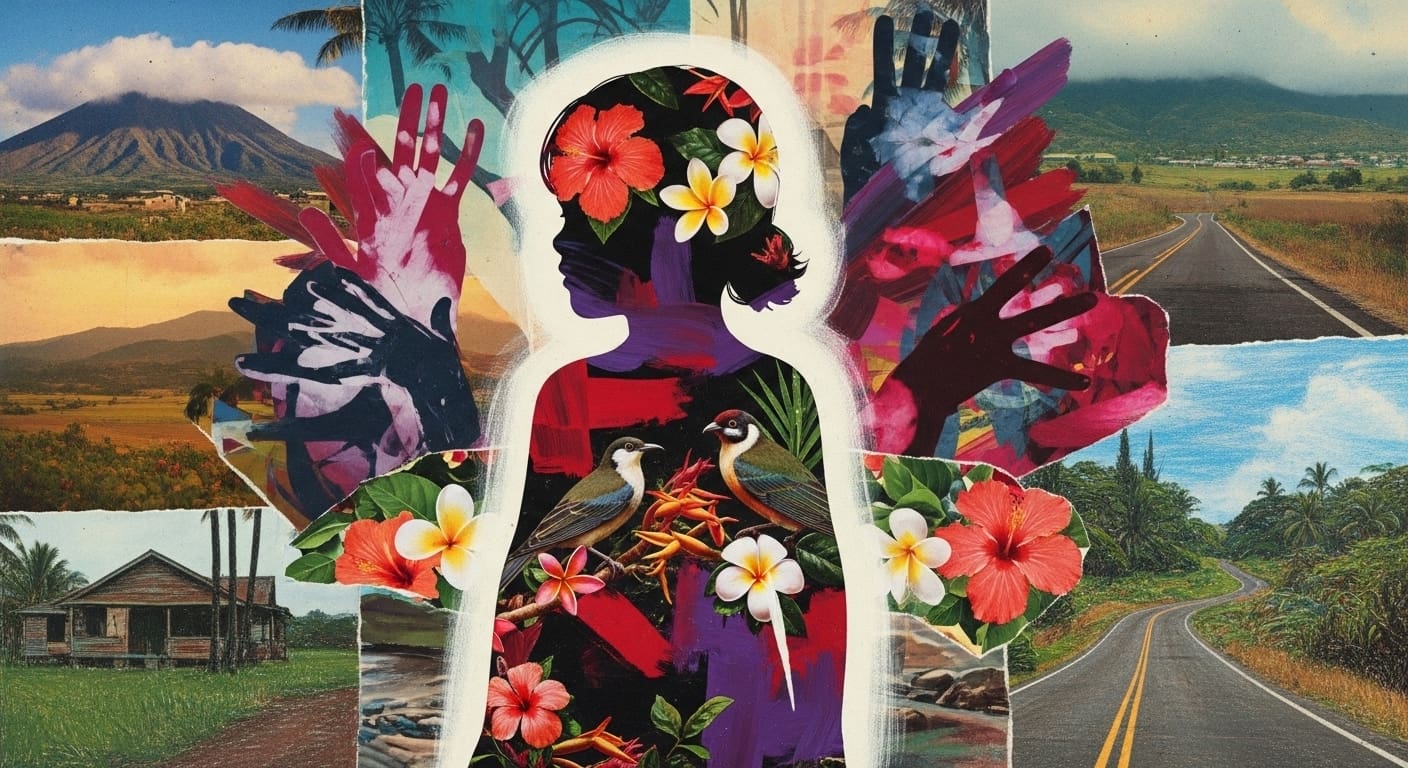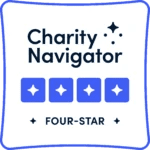October is Domestic Violence Awareness Month—a time to shine a light on the realities of abuse that impact individuals, families, and entire communities. At Hoʻōla Nā Pua, we know that domestic violence and child trafficking are not isolated issues. Instead, they are deeply interconnected, sharing common patterns of abuse, control, and exploitation. Understanding this hidden link is essential for preventing trafficking and supporting survivors, especially our keiki (children).
Understanding Domestic Violence: Patterns of Abuse and Control
Domestic violence is defined by a persistent pattern of coercive control, manipulation, and physical, emotional, or sexual abuse within intimate or familial relationships. In Hawaiʻi, approximately 1 in 5 residents have experienced coercive control by an intimate partner, and 34.7% of women and 24.1% of men will experience domestic violence in their lifetime . These dynamics create an environment where victims—including children—are left profoundly vulnerable.
Children who witness or experience domestic violence often suffer from trauma responses such as anxiety, depression, PTSD, and difficulty trusting others. The instability and fear that permeate abusive households can erode a child’s sense of safety and self-worth, making them more susceptible to further exploitation .
How Domestic Violence Creates Pathways to Trafficking
1. Erosion of Safety and Support Networks
Abusers often isolate their victims from friends, family, and community resources. This isolation increases dependency on the abuser and reduces access to help, making children more susceptible to traffickers who promise safety, love, or financial stability .
2. Normalization of Abuse
Repeated exposure to violence and coercion can normalize abusive dynamics. Children who grow up in violent households may come to accept manipulation, threats, and exploitation as part of life, making them less likely to recognize or resist trafficking situations .
3. Psychological Manipulation and Trauma Bonding
Trauma bonding occurs when victims form emotional attachments to their abusers as a survival strategy. This dynamic can make it difficult for victims to leave abusive relationships and increases the risk of being drawn into similar exploitative situations, including trafficking .
4. Increased Vulnerability Factors
Children exposed to domestic violence often face unstable living situations, economic hardship, substance abuse in the home, and prior histories of sexual abuse or involvement in the child welfare system. These are all well-documented vulnerabilities that traffickers exploit during recruitment and grooming .
5. Impaired Decision-Making and Coping
Chronic trauma can impair cognitive functioning, making it harder for survivors to assess risk, seek help, or escape dangerous situations. Traffickers are adept at identifying and exploiting these vulnerabilities .
The Overlap: Domestic Violence and Child Trafficking in Hawaiʻi and Beyond
The intersection of domestic violence and child trafficking is not just theoretical—it is borne out by research and the lived experiences of survivors. In Hawaiʻi, the National Human Trafficking Hotline has received over 1,400 signals and identified nearly 1,000 victims, with more than 20% of sex trafficking victims having been trafficked as children . Nationally, over 10 million people experience domestic violence each year, and hundreds of thousands of trafficking cases have been reported .
Research shows that domestic violence is a significant risk factor for child trafficking, especially when the perpetrator is a family member or intimate partner. Children exposed to domestic violence are at increased risk of being trafficked, both due to direct exploitation by abusers and increased vulnerability to external traffickers .
Shared Tactics: Power, Control, and Silence
Both abusers and traffickers use similar tactics—coercion, isolation, threats, and psychological manipulation—to maintain power over their victims . Children in these environments may be forced into silence, unable to disclose their experiences due to threats or emotional bonds with their abusers. This silence perpetuates the cycle of abuse and exploitation, making early intervention and education vital.
Breaking the Cycle: Prevention, Education, and Trauma-Informed Care
Programs like those offered by Hoʻōla Nā Pua focus on breaking this cycle by providing trauma-informed care, education on healthy relationships, and safe spaces for survivors to heal and reclaim their lives. Trauma-informed care recognizes the widespread impact of trauma and prioritizes physical, psychological, and emotional safety, empowering survivors with voice and choice .
Prevention efforts must address the root causes of vulnerability, including poverty, lack of access to resources, and systemic inequities that disproportionately affect marginalized communities . Community awareness and coordinated response are essential. Healthcare providers, educators, social workers, and law enforcement must be trained to identify signs of both domestic abuse and trafficking, understanding that these issues often coexist .
Community Response and Resources
Recognizing the intersection between domestic violence and child trafficking highlights the importance of community awareness and coordinated response. In Hawaiʻi, a robust network of resources exists for survivors, including:
- Ho‘ōla Nā Pua: Specialized support for youth who have been sexually exploited or trafficked.
- Parents And Children Together (PACT): Family Peace Centers and crisis hotlines across the islands.
- Domestic Violence Action Center (DVAC): Legal advocacy and support services.
- Pouhana O Nā Wāhine: Culturally rooted support for Native Hawaiian women and families.
- National Hotlines:
- Domestic Violence: 1-800-799-SAFE (7233)
- Human Trafficking: 1-888-373-7888 or text “BEFREE” to 233733
A Call to Action
This Domestic Violence Awareness Month, Hoʻōla Nā Pua calls on our community to deepen their understanding of how domestic violence and child trafficking intersect. By fostering a culture of vigilance, compassion, and empowerment, we can better protect our keiki from falling prey to traffickers and support survivors on their journey to healing.
Every step we take toward awareness and action brings us closer to a Hawaiʻi where all children are safe, valued, and free from harm. Mahalo for standing with us in this critical work.
If you or someone you know needs help, please reach out to the resources listed above. You are not alone, and support is available.
HopeAndHealing #DVAM #EndTrafficking #ProtectOurKeiki #HoolaNaPua
For more information on our programs and how you can get involved, visit hoolanapua.org.



